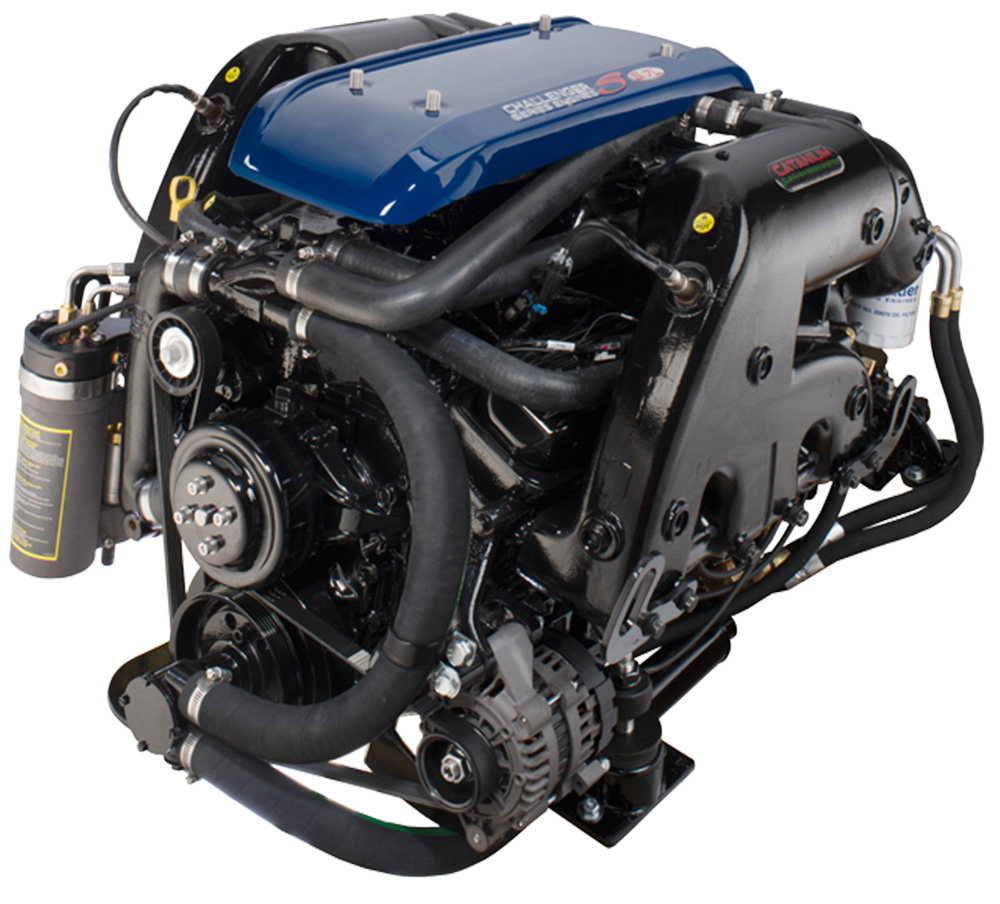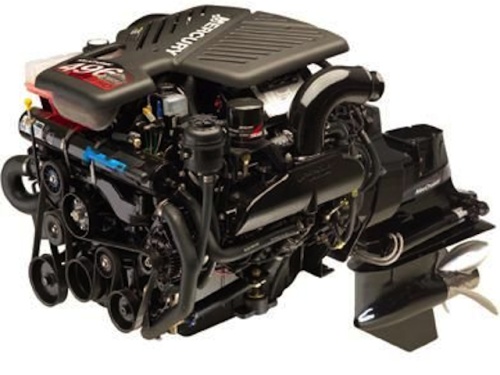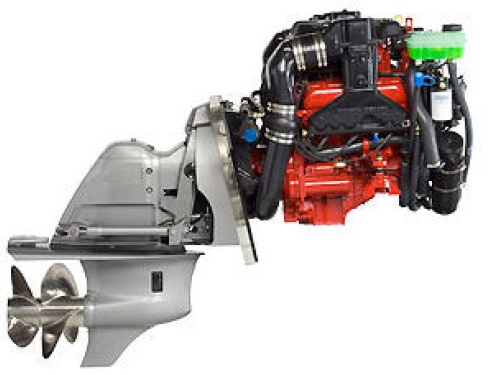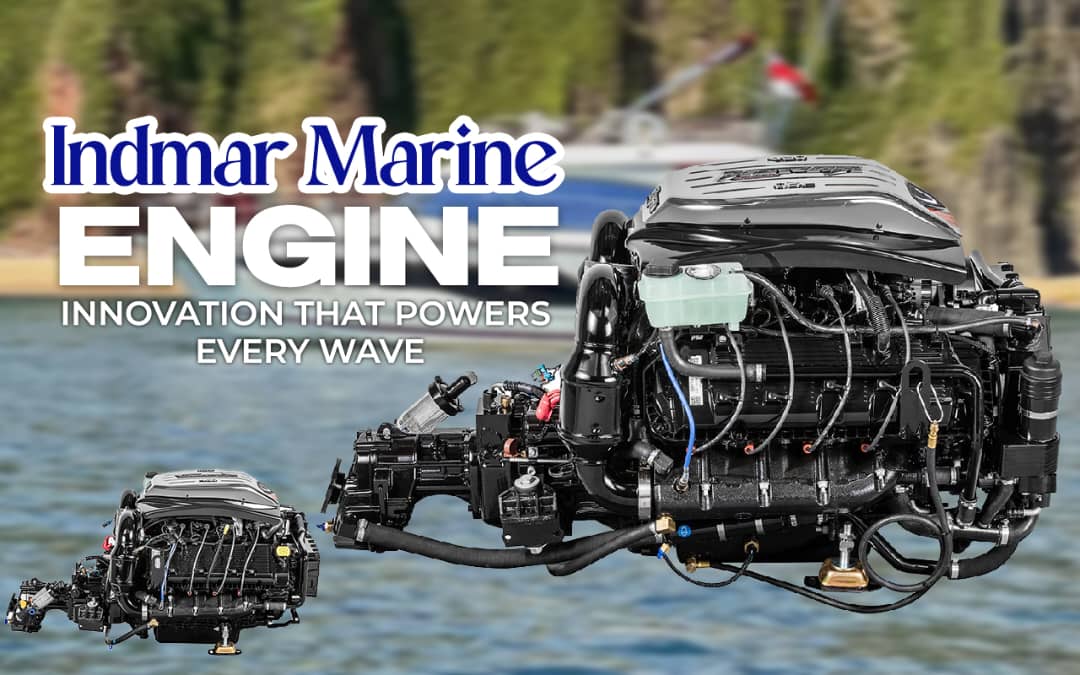what should you do before starting an inboard gasoline engine?
Starting your inboard gasoline engine without proper checks is like driving a car blindfolded—it’s risky, and the consequences can be costly. Whether you’re preparing for a leisurely day on the water or a high-speed cruise, following the right pre-start routine ensures safety, efficiency, and an engine that lasts. Let’s break down what you should do before starting an inboard gasoline engine, step by step.
Why Pre-Start Checks Are Essential
Skipping pre-start checks for your inboard gasoline engine isn’t just a bad habit; it’s a recipe for disaster. If you’ve ever asked yourself, “Why won’t my inboard gasoline engine start?”, the answer might lie in something simple you could’ve prevented.
Pre-start routines help you avoid:
- Fuel leaks that can lead to fires.
- Engine overheating from blocked cooling systems.
- Costly repairs due to undetected oil or fuel system issues.
Here’s a personal example: A friend once ignored the pre-start checklist for his inboard gasoline engine and ended up stranded because he didn’t check the cooling system. Don’t be that person.

What Should You Do Before Starting an Inboard Gasoline Engine?
1. Check for Fuel Leaks
Before starting the inboard gasoline engine, use your nose to sniff for trouble. Gasoline fumes can accumulate in the engine compartment and cause explosions.
- Open the hatch and ventilate the area.
- If you detect a fuel smell, locate the leak and fix it before starting.
- Inspect the fuel system, including hoses, clamps, and connections.
Ignoring this step can turn your boat into a fire hazard, so don’t skip it.
2. Ventilate the Engine Compartment
Proper ventilation is crucial for any inboard boat engine. Gasoline fumes can’t escape unless you help them out.
- Always run the blower for at least 4-5 minutes before starting.
- Double-check ventilation, especially if your boat has been sitting idle.
Ventilation not only protects your inboard gasoline engine but also ensures a safe startup process.
3. Inspect the Oil Level
For any engine inboard, oil is its lifeblood. Running an engine with low or contaminated oil can cause significant damage.
- Use the dipstick to check oil levels.
- Look for discoloration or water contamination.
- Top up with the recommended oil if needed.
Proper oil checks also help extend the life of your inboard outboard engine.
4. Check the Cooling System
Your marine inboard engine needs an efficient cooling system to prevent overheating.
- Inspect the raw water intake for blockages.
- Ensure coolant levels are adequate if you have a closed-loop system.
- Check hoses and clamps for leaks or cracks.
Failing to check the cooling system can result in engine failure mid-journey, so make this a priority.
5. Test the Electrical System
A functional electrical system is vital for starting any inboard outboard boat engine.
- Test the battery voltage (should be above 12.6V).
- Inspect connections for corrosion or looseness.
- Confirm the alternator belt is properly tensioned.
This ensures your inboard gasoline engine starts reliably and avoids unnecessary delays.
6. Inspect the Propeller and Drive System
Even if your engine starts, your boat won’t move if the propeller is damaged.
- Check for debris, like fishing lines or seaweed, wrapped around the shaft.
- Inspect the prop for cracks or dings.
- Make sure the shaft spins freely and without resistance.
This step is critical for the smooth operation of your inboard outboard engine and ensures a hassle-free ride.
7. Check the Bilge Pump
The bilge pump is your safety net. A malfunctioning pump can lead to water accumulation, potentially endangering your vessel.
- Test the pump manually before starting your inboard gasoline engine.
- Ensure the bilge is clean and free of excessive water.
8. Ensure the Engine is in Neutral
One of the most common mistakes with inboard boat engines is starting them while in gear. Always double-check that the throttle is in the neutral position to avoid accidental movement.

FAQs About Starting an Inboard Gasoline Engine
Outboard vs Inboard Engine: What’s the Difference?
An inboard engine is mounted inside the hull, offering better balance and power for larger boats. In contrast, outboard engines are mounted on the transom and are easier to maintain. For heavy-duty boating, many prefer inboard gasoline engines for their efficiency and torque.
What Should You Do Before Starting an Inboard Gasoline Engine?
Always check the fuel, oil, cooling system, and electrical connections. Run the blower to ventilate the engine compartment, inspect the propeller, and ensure the bilge pump is functional.
Common Mistakes to Avoid
🚫 Skipping Ventilation: Gasoline fumes can be deadly. Never ignore this step.
🚫 Forgetting the Cooling System: Overheating is a leading cause of engine failure.
🚫 Not Checking the Propeller: A tangled or damaged prop can leave you stranded.

Final Thoughts
Starting your inboard gasoline engine isn’t complicated, but it does require a little care and attention. Taking just a few minutes to complete a pre-start checklist can save you from breakdowns, costly repairs, and dangerous situations. Whether you’re maintaining a marine inboard engine for daily use or preparing for seasonal boating, these steps ensure a safe and enjoyable experience.
So, the next time you hit the water, remember: a well-prepared boater is a happy boater. Don’t skip the basics, and enjoy smooth sailing every time!
Ready to upgrade your inboard gasoline engine? Check out Seawave Marine for high-quality engines and expert advice.



Leave a Reply